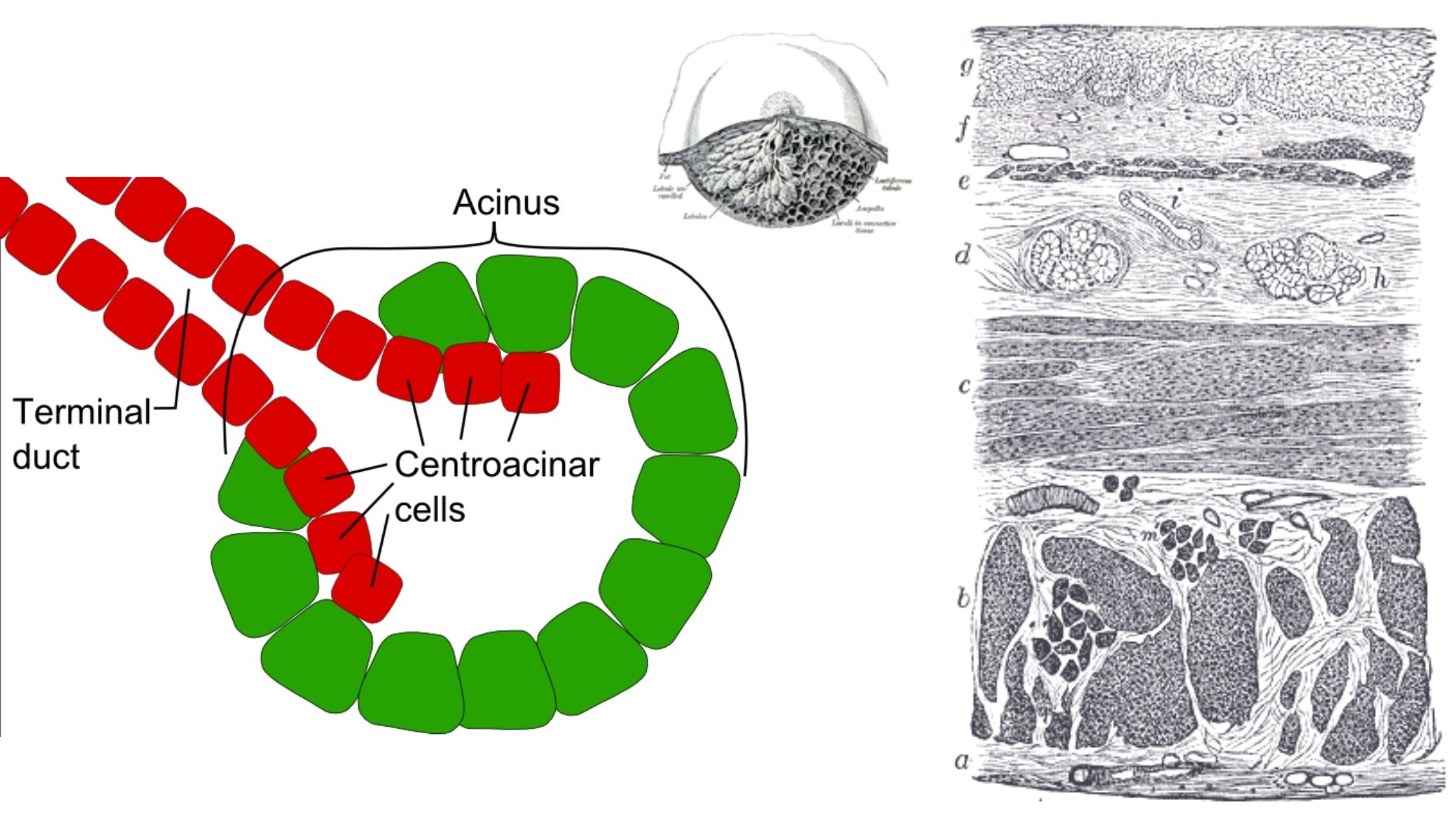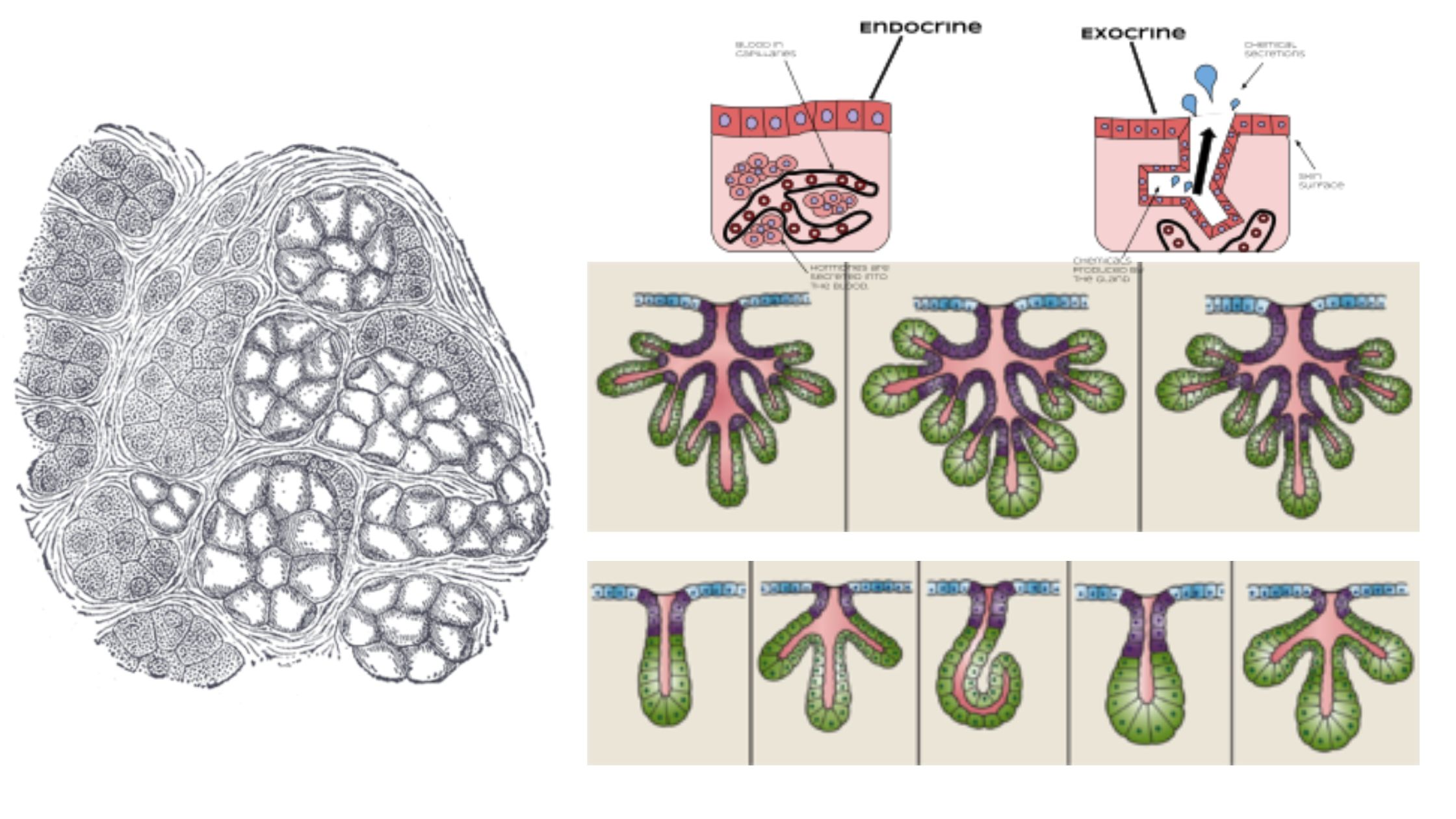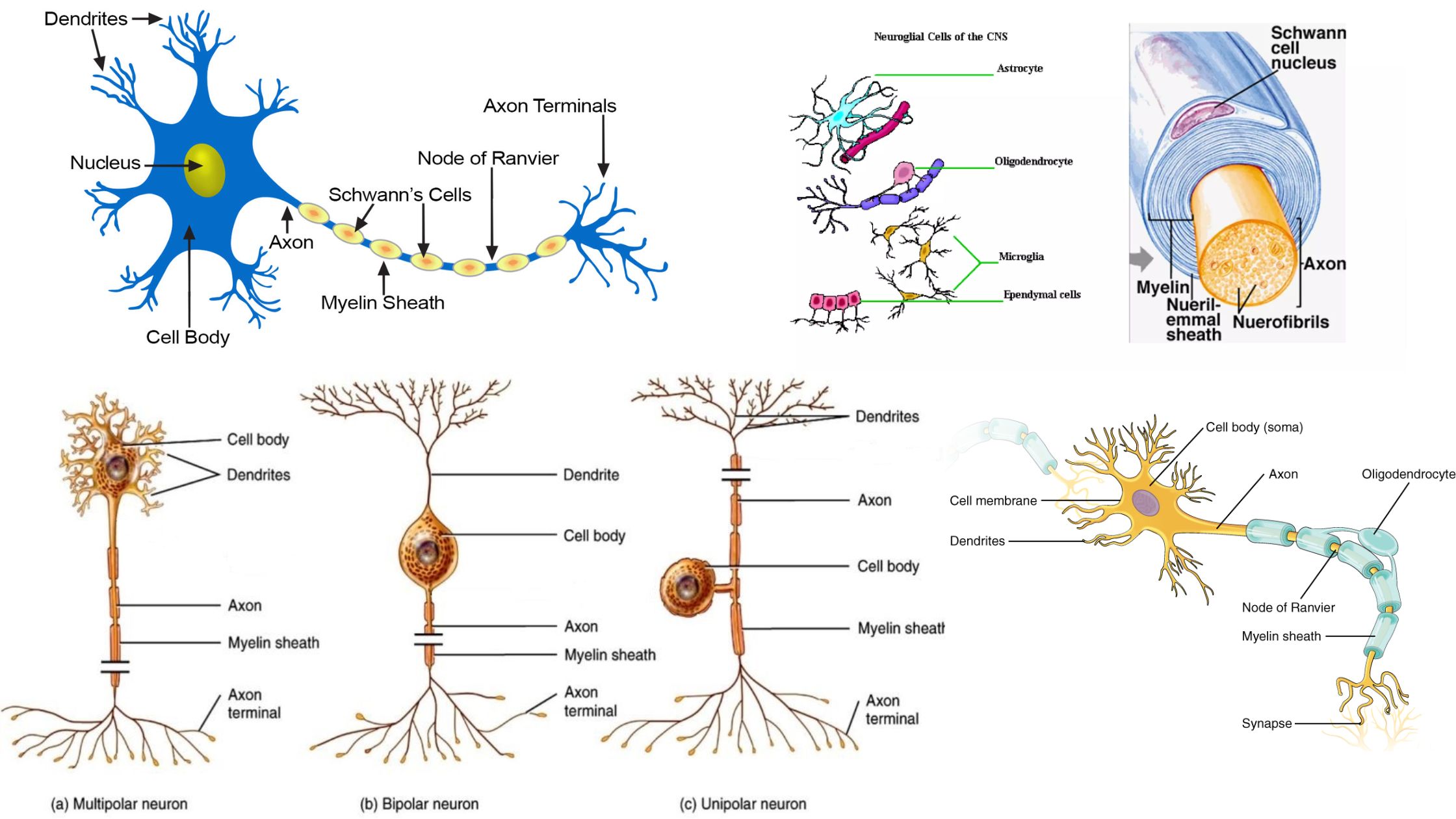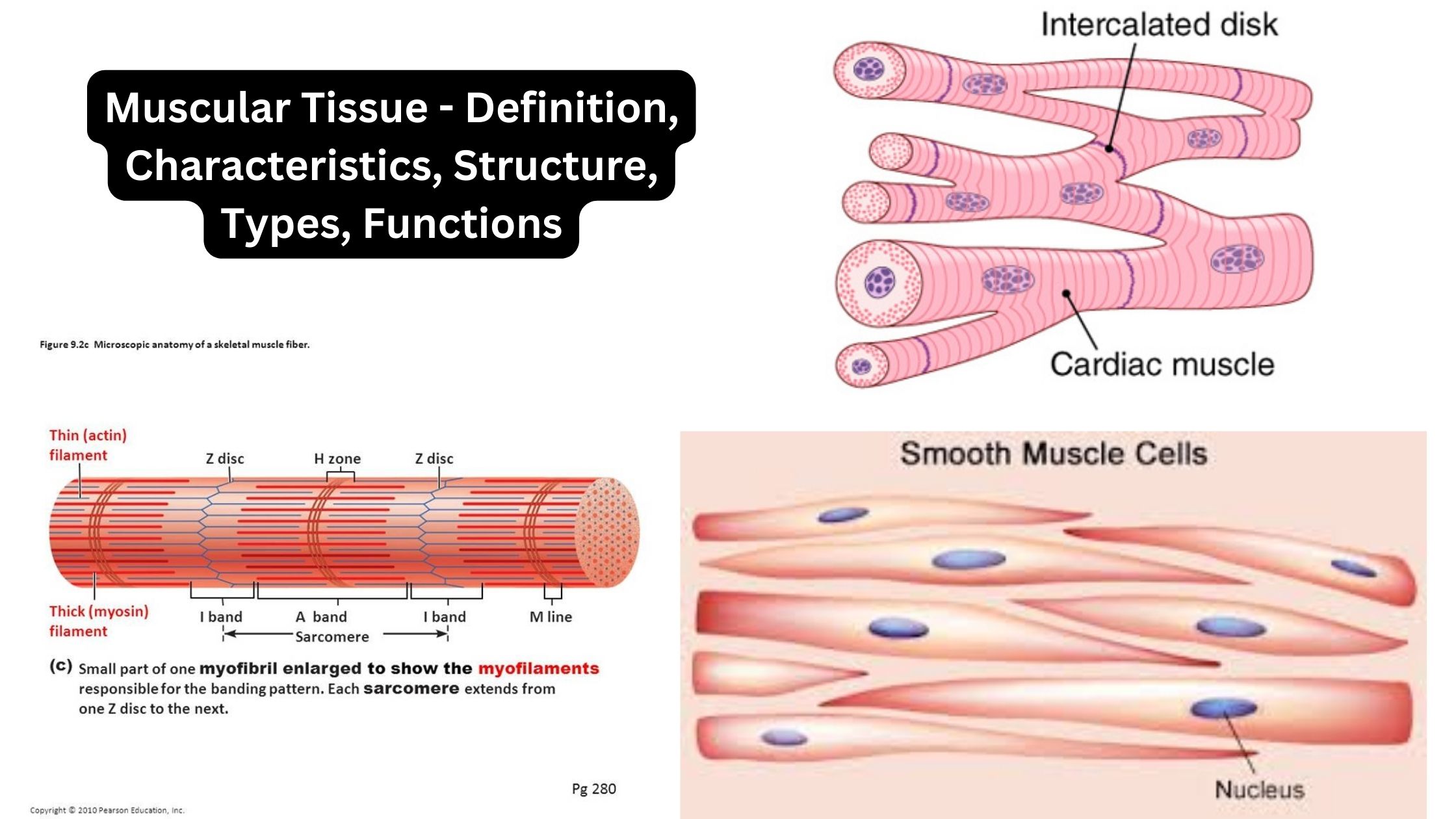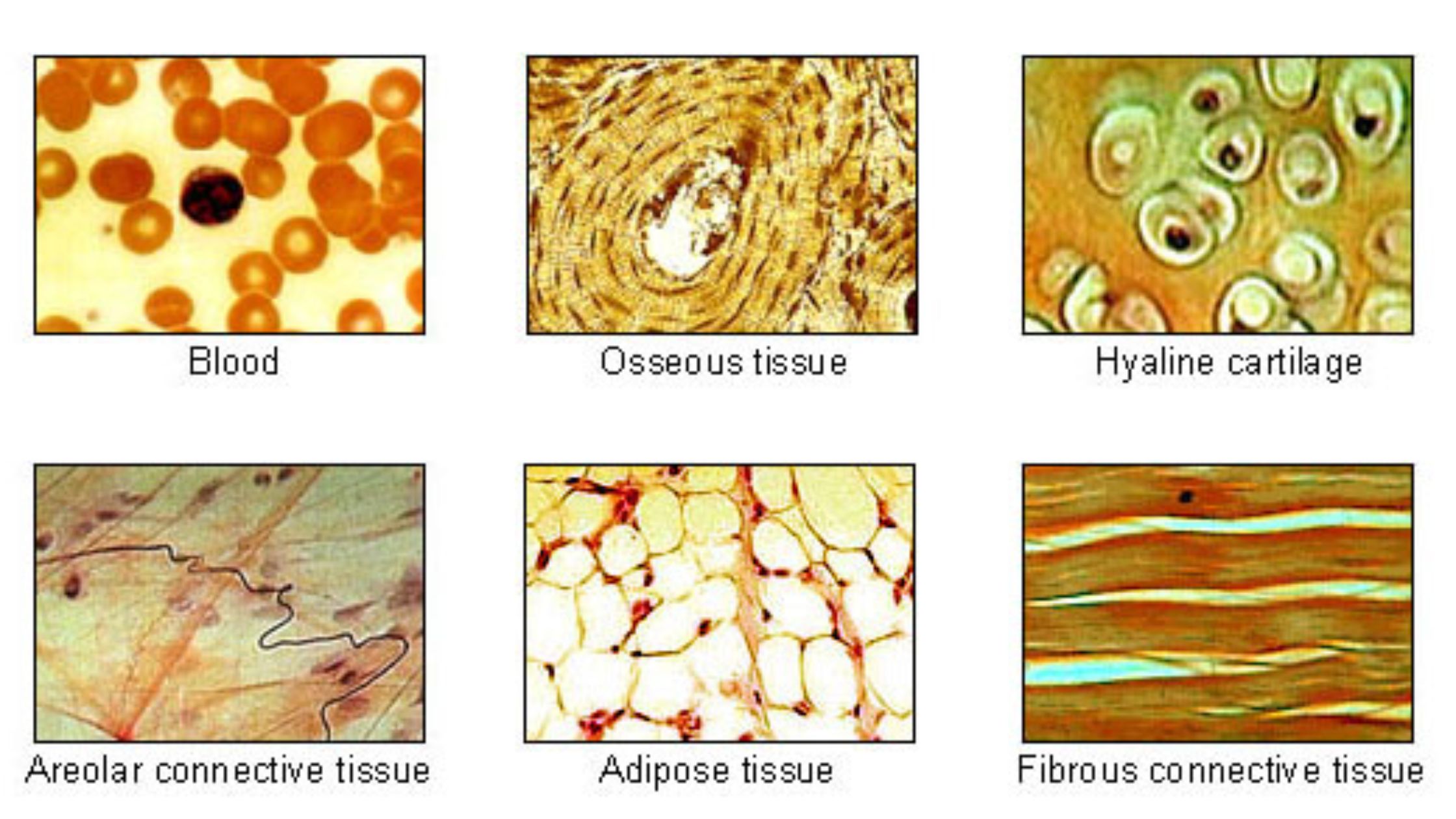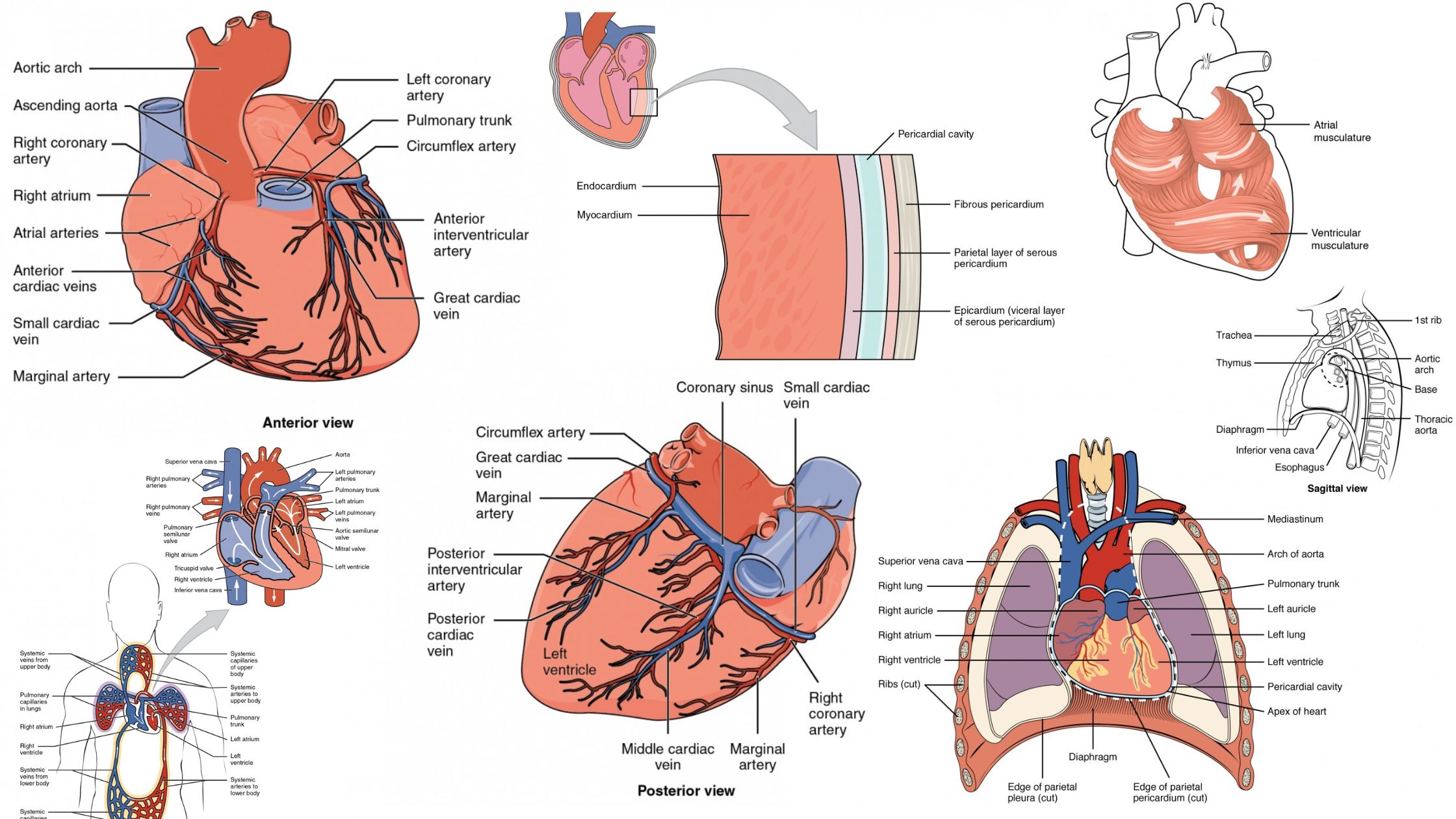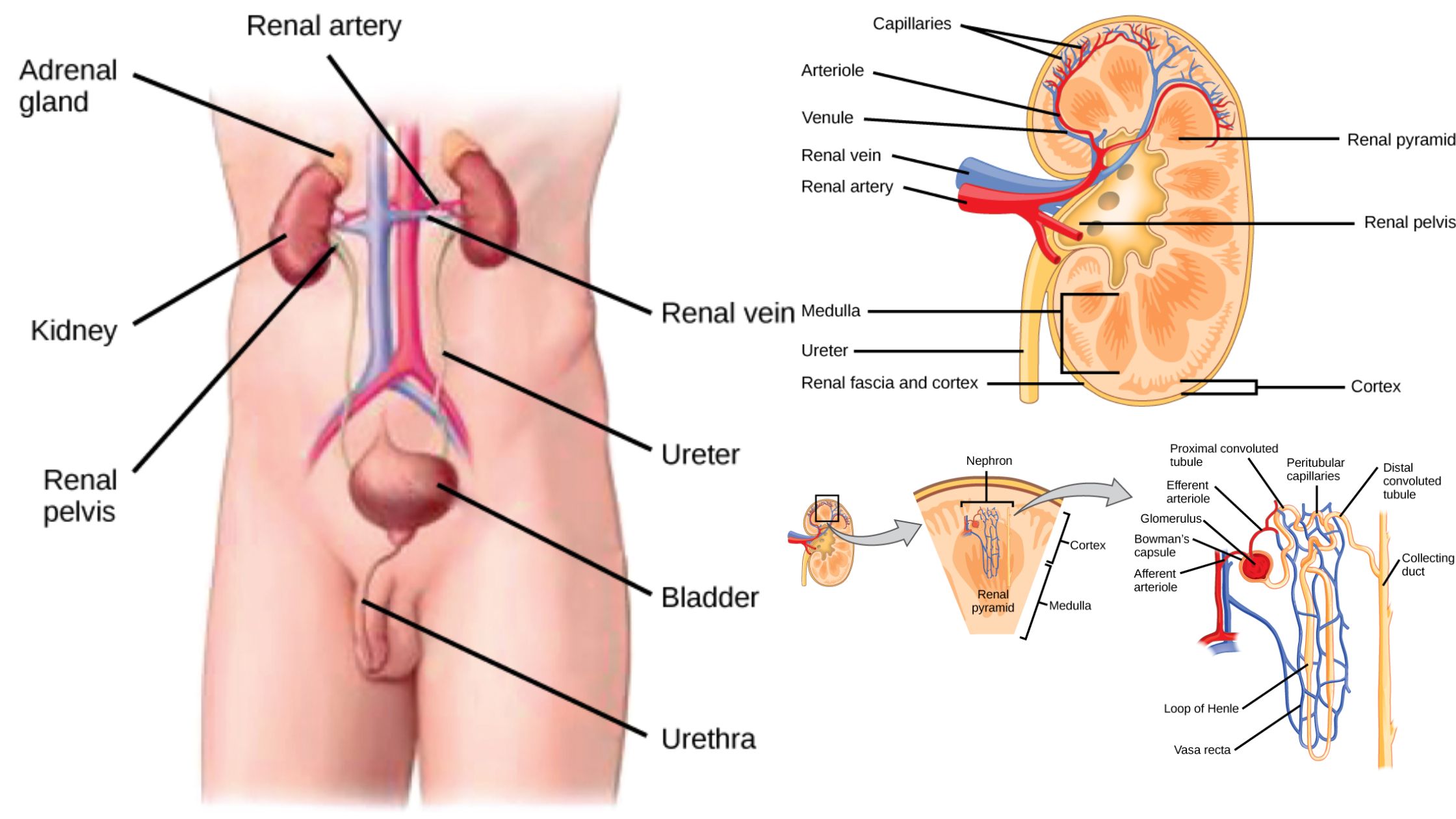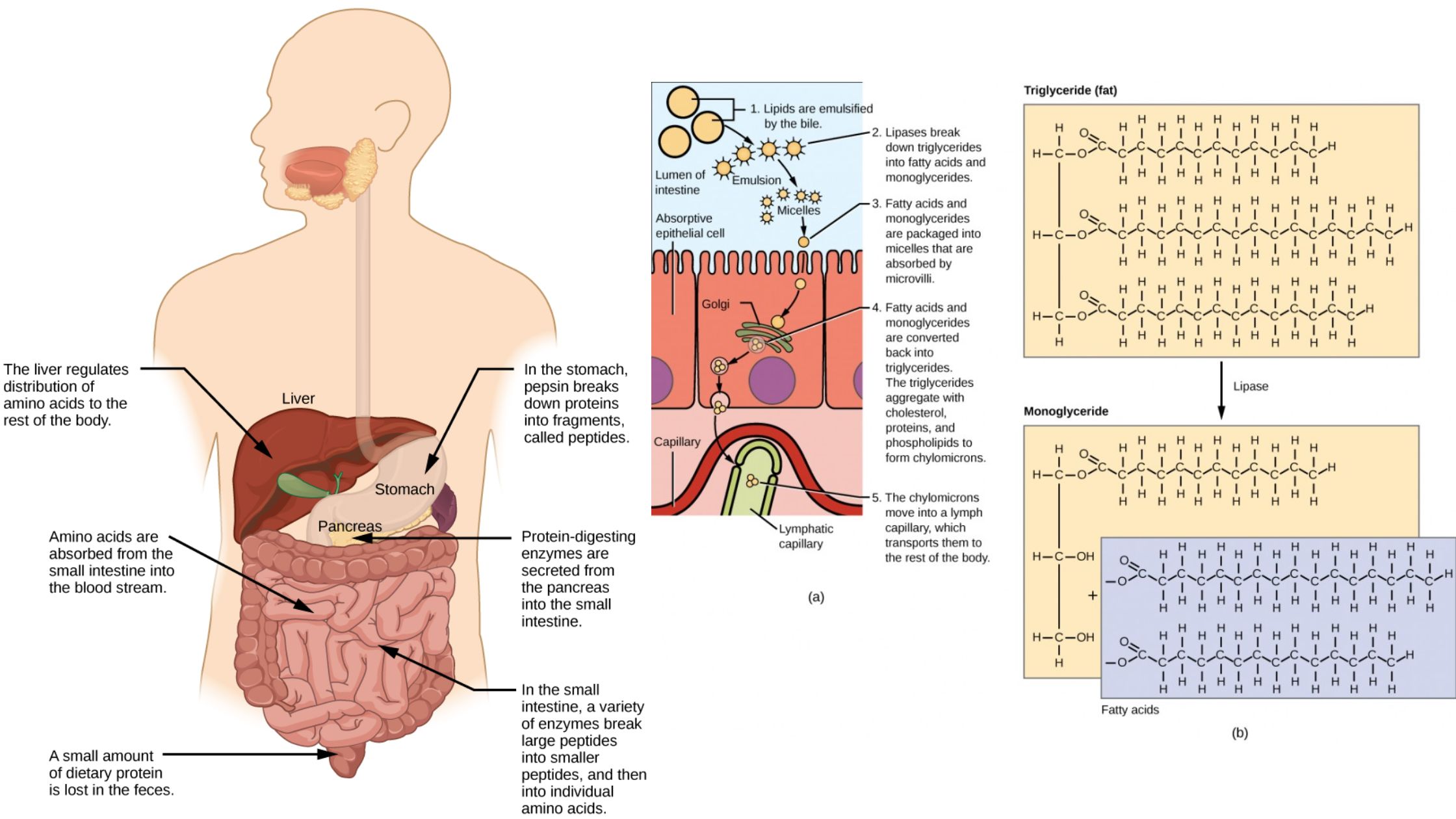Exocrine Glands – Definition, Structure, Functions, Types, Examples
What is Exocrine gland? Definition of Exocrine gland An exocrine gland is a gland that releases its secretions through ducts onto epithelial surfaces outside of the body. Characteristics of Exocrine Glands Exocrine glands possess several characteristics that distinguish them from other types of glands in the body. Here are some key characteristics of exocrine glands: … Read more
